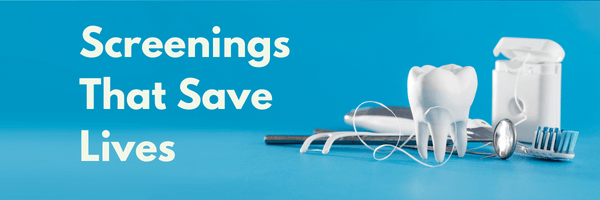
4 Considerations Before Moving to Practice in Another State
Posted December 13, 2023
Life can be incredibly overwhelming, especially when we face some of life’s most stressful events. It’s no secret that moving and changes in employment rank among the top ten stressors that people experience. These major life changes can leave us feeling completely lost and unsure of where to even begin.
I want to share four essential aspects to consider when preparing to move and start practicing in a new state. By evaluating these key factors, you can make the transition smoother and more manageable.
Remember, we all go through periods of stress and uncertainty, but with the right guidance and support, we can navigate these challenges and come out stronger on the other side.
1. License Portability
As you decide to move to another state, you might first wonder if you will be able to practice clinically. Each state has different requirements for licensure. Some states require additional examinations and fees, while others don’t. Also, be prepared for a difference in the scope of practice. Each state has unique allowances for dentists, dental therapists, dental hygienists, and dental assistants. The best way to learn this information is to visit the state’s dental or dental hygiene board (California) website.
As you navigate this process, be prepared to present a listing of your previous continuing education courses, college transcripts, proof of successful examination, BLS/CPR credentials, a background check, and maybe more.
Thankfully, this process of taking another examination is slowly making its way out of dentistry. It’s becoming easier for dentists and dental hygienists to move about the country; you can learn more by reading about the Dental and Dental Hygiene Compact.
2. Job Market
Of course, when moving to a new area, after identifying the legalities of working in that state, the next thought is what is the job market like in the area, and how do I find a practice that is hiring? Thankfully, dental-specific career resources like DentalPost are available, where dental professionals can search for their next working home and even track CEs and access free career resources like the 5-Step Ultimate Job Seeker Toolkit.
3. Wages and Compensation
Along with the job market, understanding the area’s compensation is also essential. Suppose you’ve been living and working in a location like Tallahassee, Florida, and decide to move to Los Angeles, California. In that case, these cities’ average hourly wages are very different. DentalPost’s Salary Survey Report is the best way to find this information. Plus, you can gain insights into the other types of compensation in your perspective area.
4. Lifestyle
Another aspect to consider when moving is what kind of lifestyle you want to have. Maybe you want to live where you have easy access to the outdoors, but the job market in that area isn’t as strong as you’d like. Are you willing to commute a longer distance to the office? Also, if you have a family that is moving with you, take a moment to learn about the schools in the area.
Pro-tip: Study Clubs
A great way to learn about the location and connect with other dental professionals is to connect with local study clubs. Send an email to one of the club organizers, letting them know you are considering moving to the area and want to learn more about it. Or you could even call some of the dental offices in the area and tell them who you are and that you are considering moving to the area. Creating a connection with a few different people before moving can assist you in making an informed decision and even help you find the best place to live and work.
Moving across the street or across the nation can be an overwhelming experience, filled with numerous challenges and uncertainties. However, as a dental professional, you can take comfort in knowing that abundant resources are available to make this transition as seamless and stress-free as possible. So, take a deep breath and embrace this exciting new chapter in your career, knowing you have the tools and resources required to make it a smooth and successful transition.
We connect and educate more than 900,000 job seekers in the U.S. and Canada to build better places to work through teams that excel.






.png)


